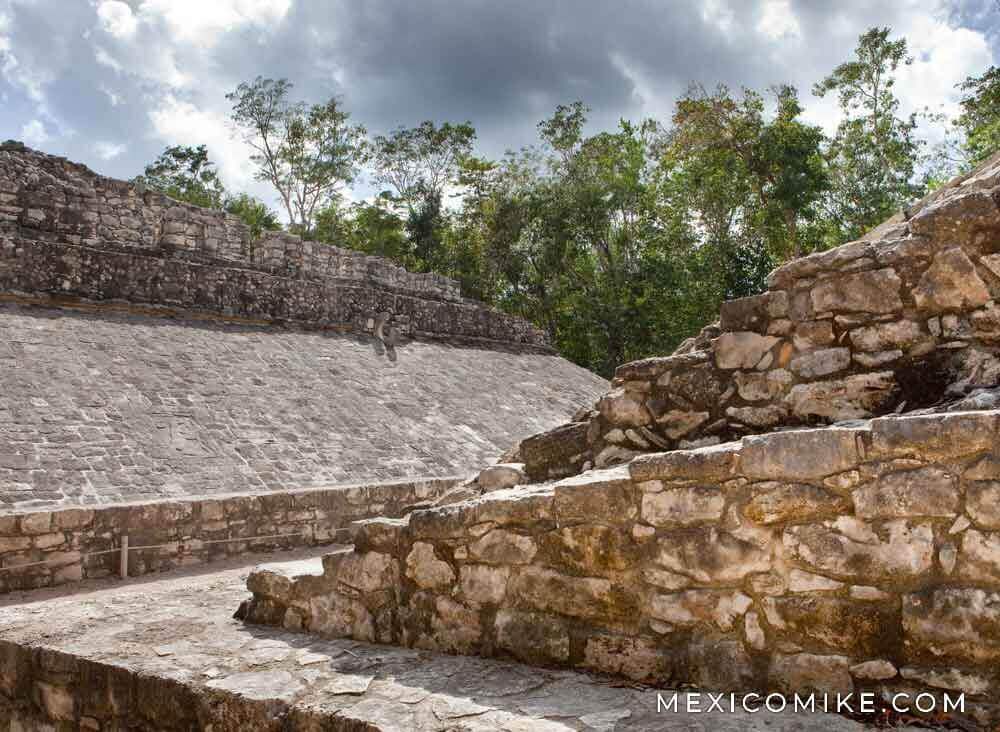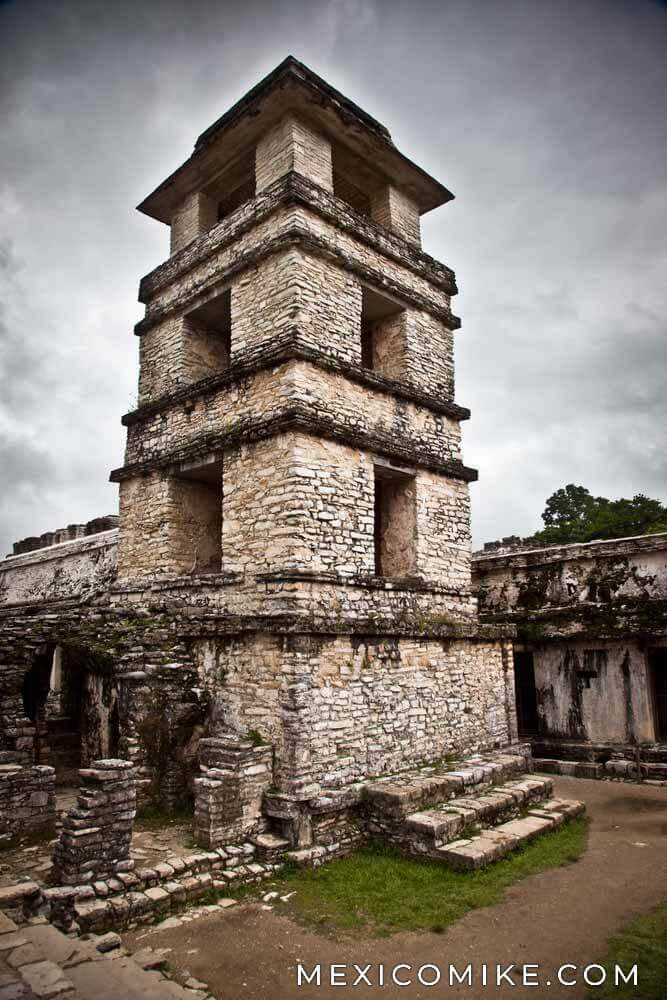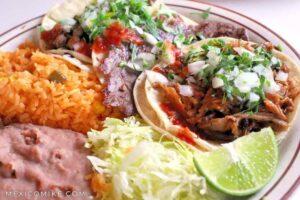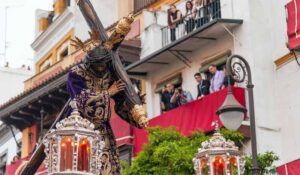Regarded as one of the most spectacular, the Mayan Civilizations of the ancient Americas, the Mayan civilization is famous for its cultural identity and astounding architecture. The Mayan people’s many innovations mark them as one of the great civilizations of the world and their ruins, scattered throughout Mexico and Central America, attracts visitors from all over the world who want to witness the marvelous history of these fascinating people.
Important Facts about the Mayans
According to historians and archaeological findings, the Mayan civilization ranged throughout most of Central America and into the Mexican states of Yucatan, Quintana Roo, Campeche, Chiapas, and Tabasco. Mayan descendants can still be found in many parts of Mexico, especially in the rural areas of the Yucatan, where they continue to celebrate their heritage with various traditional practices. In fact, the Mayan language continues to be relevant; millions of people still speak Mayan-based languages today. The Mayans reached their peak around the sixth century A.D. By 900, many of their fabulous cities become ghost towns. Historians continue to puzzle over what factors may have contributed to the fall of their civilization.
History of the Mayan People
The earliest evidence of Mayan people and their culture dates to roughly 1800 B.C. This Formative Period demonstrates the culture’s early reliance on farming. Early Mayans planted maize, beans, and squash. As this pre-Classic period extended, Mayan culture began to bloom and extend into more and more territories. The late part of these formative years saw advances in religion and architecture; archaeologists date the beginnings of Mayan pyramid-building to this time.


Around 250 A.D., the Mayans entered their Classic Period. The civilization boasted about forty major cities; a few of these cities neared populations of fifty thousand people. Modern farming techniques and a complete system of religion are hallmarks of this period that spanned to about 900 A.D. The Mayans built elaborate temples and also developed mathematical and scientific concepts that led to milestone achievements like their calendar.
No one knows for sure why the Mayans began to abandon their cities around 900 A.D. Some archaeologists believe that slash and burn farming techniques led to impoverished farming lands that could no longer sustain large city populations. Other scholars suggest that warfare may have shattered the Mayans’ complex systems of society. Other historians assert that it might have been dramatic climate change that brought chaos to the people. Historians continue to try to solve this puzzle by studying the ruins of Mayan settlements and continuing to excavate Mayan areas to gain new knowledge about the rise and fall of the Mayan civilization.
Highlights of Mayan Culture
While the famous calendar remains one of the best known Mayan achievements, there are many other important advances with link to the Mayans. Mayans also are known for the first completely developed writing system in the Americas. Because the Mayans traveled and interacted with other neighboring cultures, they often adopted various elements of other groups, but considerably improved upon them. The Mayans are famous for their architectural monuments and extensive art. Features of their civilization that are, today, recognized the world over. The Mayans are also famous for their ball courts and ball games. Modern-day basketball is a descendent of these games.

Visiting the Ruins of Mayan Civilization
There are literally hundreds of important Mayan sites along with thousands of small sites across Mexico and Central America. Moreover, there may be more sites that remain undiscovered within the remote mountain or rainforest terrain. Today, Mayan ruins attract millions of visitors each year and support a vibrant tourism industry, particularly in Mexico’s Yucatan Peninsula where great Mayan cities and sites like Chichen Itza, Tulum, Coba, and Uxmal can be found. Many tours have are available to help visitors explore the incredible pyramids and plazas left behind by the Mayans. Mexico also boasts many world-class museums that showcase the relics and artifacts created by the Mayans and demonstrate the complex world of pre-Columbian life in the early Americas.






